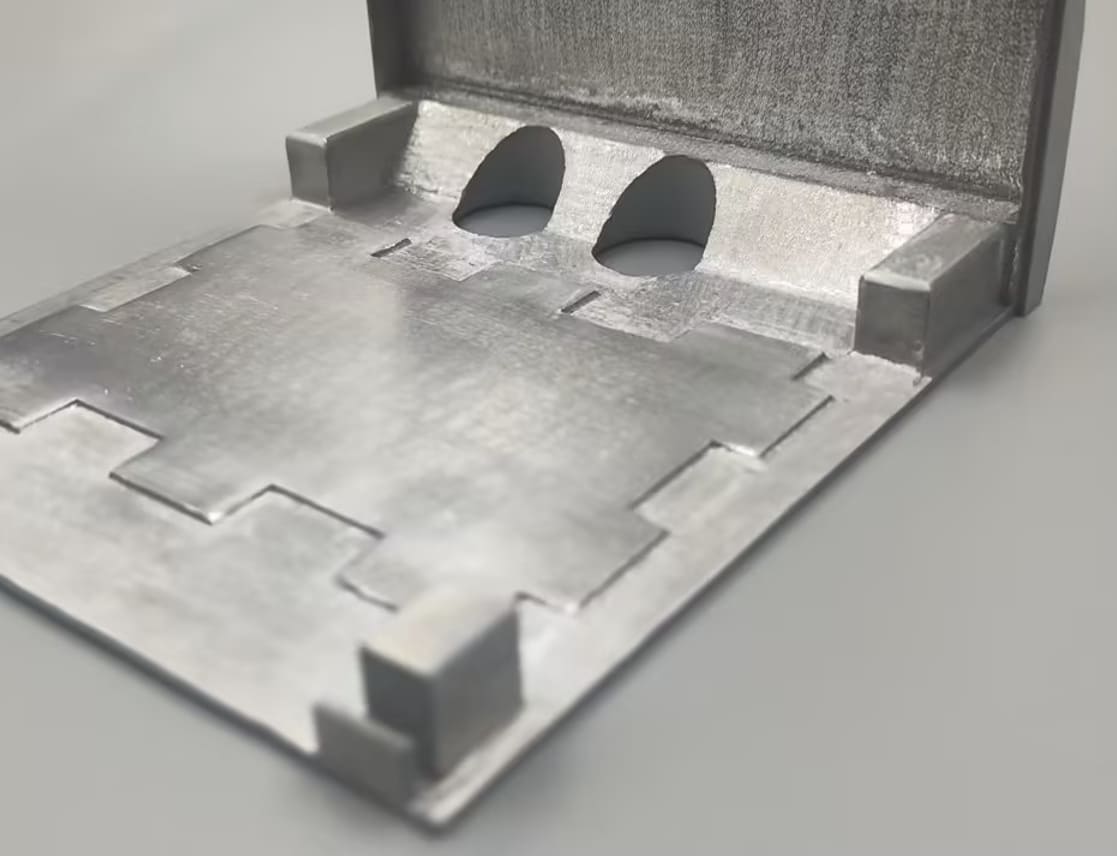As Earth Day 2025 approaches, the urgency to adopt sustainable technologies grows louder. Among these innovations, 3D printing stands out as an innovative force, merging cutting-edge engineering with environmental stewardship. Let's delve into how 3D printing tackles climate change, reduces waste, and fosters circular economies this Earth Day.

Building Greener Futures
3D printing is redefining sustainable construction by slashing carbon emissions and material waste:
• Carbon-Neutral Habitats: Italy’s TECLA, the world’s first fully 3D printed eco-home, uses locally sourced clay and raw earth. Its biomimetic design integrates thermal insulation, reducing energy needs by 30% compared to traditional homes.
• Affordable Housing: Companies like WinSun build homes under $5,000 using recycled materials like demolition rubble and fiberglass. This approach reduces construction waste by 60% and eliminates long-distance material transport.
• Low-Carbon Materials: Researchers are developing 3D printable mixtures of rice husk, hemp, and marble dust. These composites match concrete’s strength while cutting embodied carbon by 50%.
From Oceans to Coral Reefs
3D printing is reviving ecosystems devastated by pollution and climate change. Organizations like Reef Arabia deploy 3D printed terracotta reefs in Bahrain’s dying marine zones. These structures mimic natural coral, boosting biodiversity by 40% in just 12 months.
In Spain’s Mar Menor lagoon, 3D printed filters embedded with adsorbent materials removed 90% of nitrates and phosphates from polluted water in 24 hours. Moreover, the Lacrima Foundation crafts biodegradable 3D-printed beehives from wood composites. These hives protect honeybees, which pollinate 70% of the world’s food crops.
Renewable Energy and Carbon Capture
3D printing accelerates the clean energy transition:
1. Efficient Wind Turbines: The National Renewable Energy Laboratory (NREL) designs 3D printed turbine blades from recyclable thermoplastic resin. These blades cut production costs by 10% and increase energy output by 5%.
2. Direct Air Capture: GE Research uses 3D printed heat exchangers with sorbent coatings to capture CO2 from the atmosphere. Their pilot project aims to remove 1 million tons of CO2 annually by 2026.
Recycling and Reducing Waste
• Filament Recycling: Devices like ProtoCycler grind the plastic waste into reusable filament. Brands like 3D Fuel transform ocean plastics into durable printing materials.
• Humanitarian Impact: The Million Waves Project converts beach plastic into prosthetic limbs, providing affordable healthcare while cleaning coastlines.
• Localized Production: NGOs like Field Ready 3D print water pipe fittings and medical tools on-site during disasters, slashing supply chain emissions.
A Catalyst for Change
As Earth Day reminds us to prioritize sustainability, 3D printing stands out as a versatile tool for ecological stewardship. From constructing eco-homes to reviving coral reefs, this technology bridges innovation and environmental responsibility. While challenges persist, ongoing advancements in materials, energy efficiency, and circular practices position 3D printing as a cornerstone of a sustainable future. By embracing these solutions, we honor Earth Day’s legacy—not just on April 22, but every day.
























